Syria’s humanitarian crisis: How do you rebuild a country?
Syria is free from former President of Syria Bashar al-Assad’s rule and now captured by Hayat Tahrir al-Sham (HTS) forces. Now the country’s new rulers are tasked with rebuilding the country from scratch.
Syria’s reconstruction will be expensive as many questions are raised, such as who will pay for the rebuilding? How to start the process? Who will be the main stakeholders? How will the international community react to it?
However, it should be left for future as many countries are now violating the UN Charter since many centuries and years.
“After 14 years of brutal war and the fall of the dictatorial regime, today the people of Syria can seize an historic opportunity to build a stable and peaceful future. The future of Syria is a matter for the Syrians to determine, and my Special Envoy will be working with them towards that end,” United Nations Secretary-General António Guterres said.
According to UN, the Syria crisis, now in its 11th year, continues to be the largest displacement crisis globally. Children are particularly affected by the ongoing conflict in the Syrian Arab Republic. Currently, over 13.4 million people, including 6.1 million children, are in need of assistance, while 7 million individuals are internally displaced, with 3.1 million of them being children.
Furthermore, Syrian conflict dates back to the 1970s, as it was led by the Ba’ath Party, led by Hafez al-Assad and later his son Bashar. However, in 2000s, Hafez al-Assad died; his son Bashar al-Assad becomes president. The main protest started from 2011 due to evere drought affecting rural agriculture, which led to social unrest.
Now, there is need for new model as the new leader has emerged, which should focus mainly on people and their tragedies over years of conflict.
“The humanitarian crisis in Syria continues to escalate, with millions struggling to access basic resources as fuel shortages and damaged infrastructure hinder relief efforts,” the UN reported on Monday.
People have suffered, and it is time for the leader to side with the people.
Under this new leadership, Syrian people should be the priority in order to improve the living cycle in the country. Therefore, international sanctions must be lifted to allow the country to mingle with other countries of the world.
Around 85% of families in Syria struggle to make ends meet. The country also faces one of the largest education crises in recent history, with a whole generation of Syrian children paying the price of conflict.
HTS leader al-Sharaa appointed al-Bashir, who formerly headed the so-called Salvation Government of Idlib, as prime minister, doing so without consulting any external factions.
Syria is home to a complex array of factions, each with distinct interests and agendas including Syrian Government Forces, Syrian Democratic Forces (SDF), Free Syrian Army (FSA), HTS, ISIS, National Defense Forces (NDF) and Kurdish groups. Hence, the new leadership will need to build an inclusive plan that is consented by all major stakeholders of the country, which does not lead to another conflict among these factions in the future.
In conclusion, the path to rebuilding Syria presents both significant challenges and opportunities. As the country emerges from years of brutal conflict under the new leadership’s focus must be prioritizing the needs of the Syrian people who have endured immense suffering.
For the latest news, follow us on Twitter @Aaj_Urdu. We are also on Facebook, Instagram and YouTube.





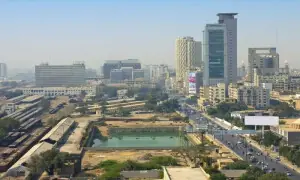


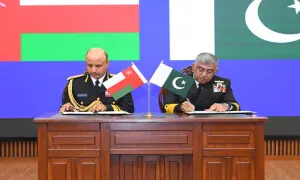
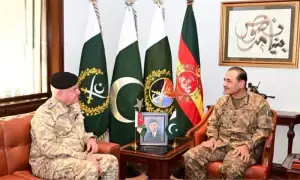
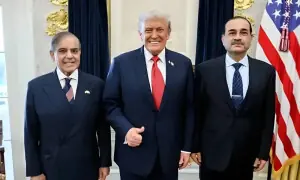
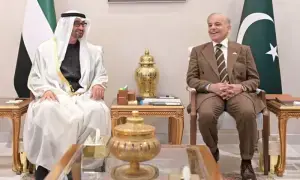
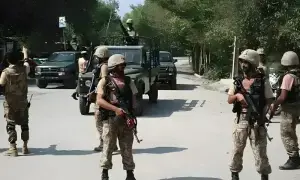
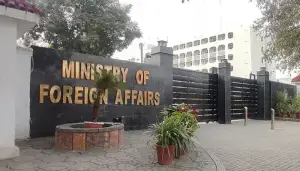
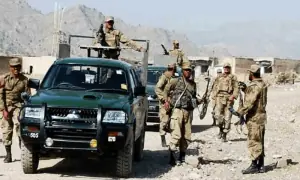
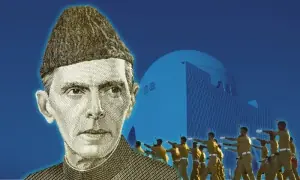
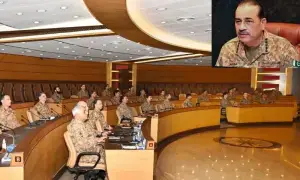
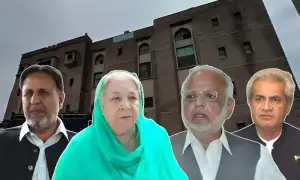
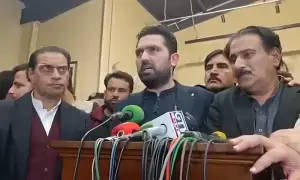

Comments are closed on this story.